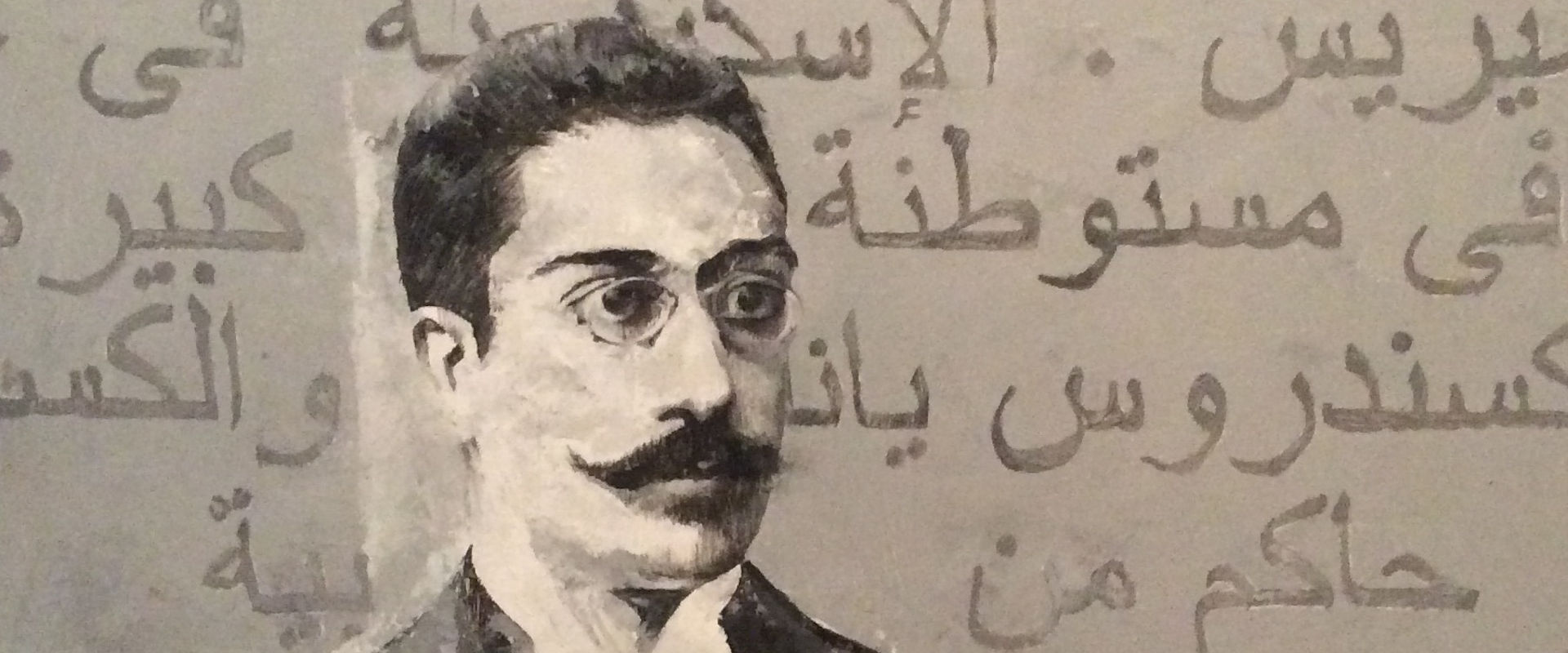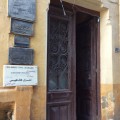
The Cavafy Museum is located on Rue C.P. Cavafy (formerly Rue Lepsius and Rue Sharm el Sheik), 4, Attarin, Alexandria.
Тel.: +2034861598 | e-mail: cavafymuseum(at)gmail.com
You can visit the museum Tuesday – Sunday, from 10:00 till 17:00.

Cavafy, born in 1863, was well-known and recognized as a significant poet in his own lifetime. Alexandria was then a cosmopolitan city, known, among other things, for its lively night-life. It was also a significant center of Greek publishing in Cavafy’s time. Grammata, one of the important Greek publishing houses of the period, published not only Greek writers of Egypt, but also many Greek writers from Greece proper. However, Cavafy’s first published poem was published in 1886 in a Greek literary periodical – Εσπερος – published from Leipzig, Germany.
Cavafy was first introduced to English readers by E.M. Foster, who called him “The Poet,” with English translations of some of the poems done by Valassopoulos. Since then Cavafy has been translated countless times into many languages, including the Arabic of his native Egypt. He has become inextricably linked with his beloved Alexandria, both through his own work and through that of others, for example Lawrence Durrell, in whose Alexandria Quartet Cavafy weaves in and out of the narrative, both through quotes from the poems and indirect references.
The museum, known locally as منزل كفافيس – Cavafy’s House – is, in fact, located in the apartment where C.P. Cavafy lived the last 35 years of his life. Although there are other apartments in the building, we know that this specific apartment is the one Cavafy lived in, because it is the only apartment that has a balcony, and many sources mention the balcony in Cavafy’s house. The interior has been carefully recreated to reflect how it would have looked in Cavafy’s days, and the exhibits document the poet’s life and work.
The street was called Rue Lepsius in Cavafy’s time, but has since been renamed Rue C.P. Cavafy, in honor of the poet. The building was then situated between the Greek-Orthodox Patriarchate, the Greek Hospital and the bordellos of the city, characterized by the poet as “The Temple of the Soul,” “the Temple of the Body,” and “the Temple of the Flesh.”
The Cavafy Museum in Alexandria was established in 1992 at the initiative of Kostis Moskof (1939-98). Kostis Moskof was an energetic and charismatic man of letters, poet and scholar, who in 1990 was appointed cultural attaché to the Greek Embassy in Cairo. He held this position till his death in 1998, and during his years in Egypt he worked tirelessly to establish the Cavafy Museum and support the study of the poet through the Cavafia Conferences held regularly with events in Cairo and Alexandria.








You must be logged in to post a comment.